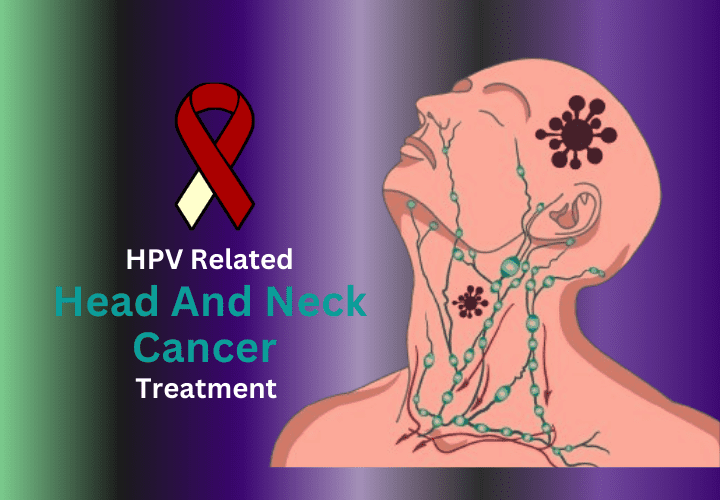In India, cancers of the head and neck—including those affecting the oral cavity, voice box, throat, nasal passages, and salivary glands—represent a major health challenge, even if they receive less attention than other cancers. Oral cancer accounts for a significant share of cancer cases among Indian men, much of it linked to tobacco and alcohol habits. Unfortunately, the early signs are frequently overlooked or misread. This often leads to delays in diagnosis, with many individuals reaching hospitals only when the disease has progressed, limiting treatment options and affecting recovery.
Recognising the First Signs
Detecting head and neck cancer early can make a significant difference in the treatment success. The very first signs are often subtle and may go unnoticed. Sores that do not heal, red or white patches in the mouth, trouble swallowing, voice changes, a neck lump, weight loss, or ear pain on one side are signs that need urgent attention. These symptoms can show up weeks or months before diagnosis, especially when the regular ENT or dental check-ups are missed.
The key reasons for delayed diagnosis are the tendency to dismiss these symptoms as minor or temporary. In particular, tobacco chewers may overlook early oral changes, assuming them to be routine side effects of their habit. Education around symptom recognition—among patients and frontline healthcare providers—can bridge this gap significantly.
Understanding the Risk Landscape
In India, tobacco—whether smoked or chewed—is still the leading cause of head and neck cancers. Alcohol adds to this risk when used alongside tobacco. HPV-related throat cancers are on the rise, as are cases linked to poor hygiene and long sun exposure.
The demographic most at risk includes middle-aged men, but increasingly, younger individuals are being diagnosed due to early and prolonged exposure to risk factors. HPV-positive head and neck cancers often present in patients without a tobacco history, highlighting the evolving nature of this disease group.
Diagnosis and Staging
A thorough examination by an ENT specialist or oncologist is essential if head and neck cancer is suspected. Diagnosis typically involves physical examination, endoscopy, imaging studies like CT or MRI, and biopsy. Once confirmed, accurate staging is critical to planning the right course of treatment.
Treatment Modalities: A Multidisciplinary Effort
Head and neck cancers are best treated through a coordinated, specialist-led approach. Depending on the site and stage, treatment may involve surgery, radiation, chemotherapy, or a combination. Advances like IMRT, targeted therapy, and minimally invasive techniques have improved precision and outcomes.
Reconstructive surgery also plays a vital role, particularly in cases requiring extensive tumour removal. Efforts to restore appearance and function—including speech and swallowing—are integral to comprehensive care.
Rehabilitation and Quality of Life
Beyond survival, the focus of modern oncology includes quality of life. Rehabilitation following treatment is critical. Speech and swallowing therapy, nutritional counselling, and psycho-social support can significantly impact recovery. Regular follow-up is essential, not only for monitoring recurrence but also for managing long-term treatment effects.
Prevention and Screening: The Way Forward
Reducing the risk of head and neck cancers starts with awareness. Clear education about contributing factors, support to quit tobacco and alcohol, and early screening for high-risk groups are all important in lowering overall incidence. Self-examination, especially in individuals with known risk factors, and routine dental check-ups can facilitate early detection.
HPV vaccination, though primarily promoted for cervical cancer prevention, also offers protective benefits against oropharyngeal cancers. Integrating HPV vaccination into national immunisation programs could further reduce incidence rates in the coming years.
Head and neck cancers are often curable when caught early, yet too many cases are diagnosed at an advanced stage. The pathway to better outcomes lies in vigilance—from both doctors and the people at large. By paying close attention to early symptoms, seeking timely evaluation, and following through with appropriate treatment, many of these cancers can be effectively treated. Raising awareness and encouraging proactive health behaviour is not just good practice—it is essential to saving lives.
By Dr. OMMI RAGHAVENDRA HARSHA, CONSULTANT – SURGICAL ONCOLOGIST.HCG Cancer Center – Vijayawada


